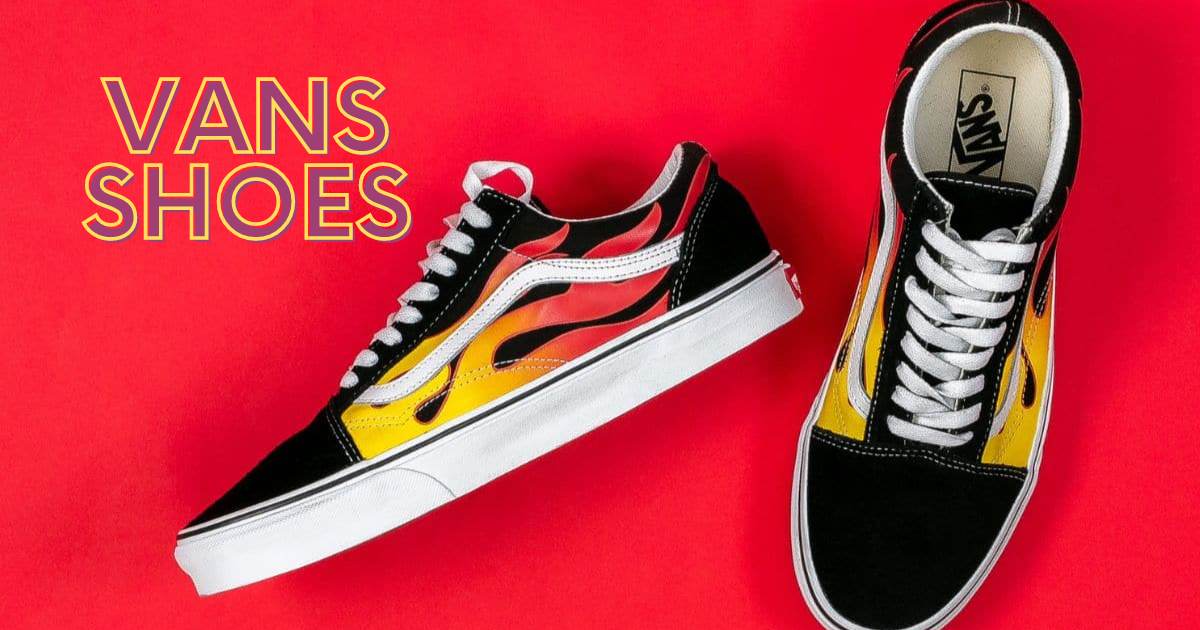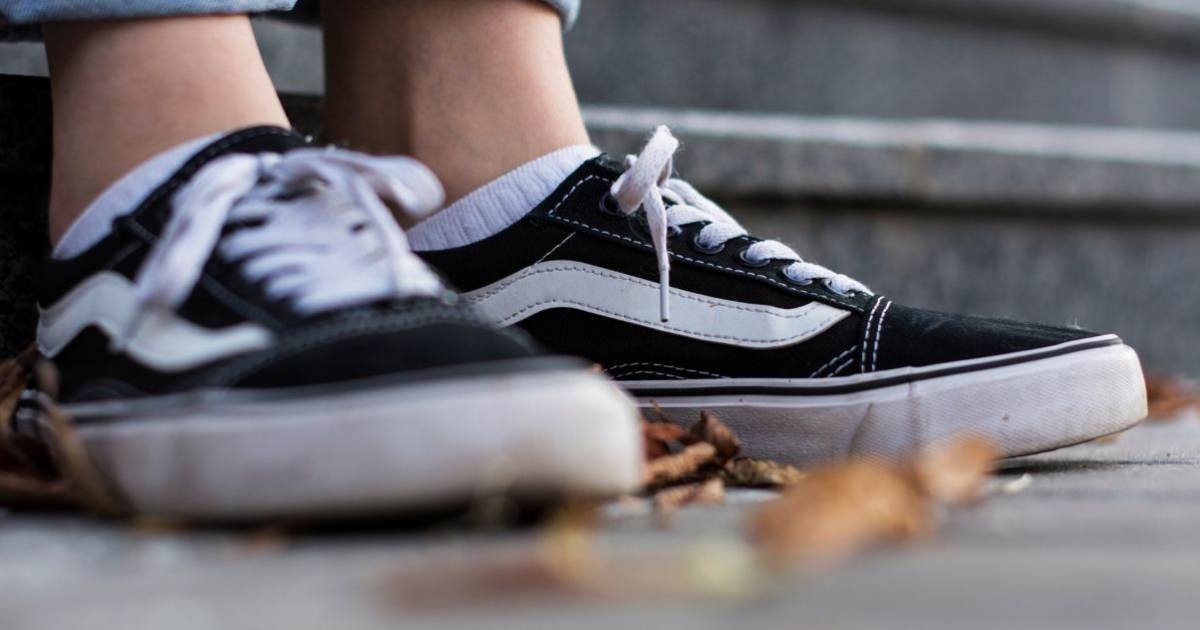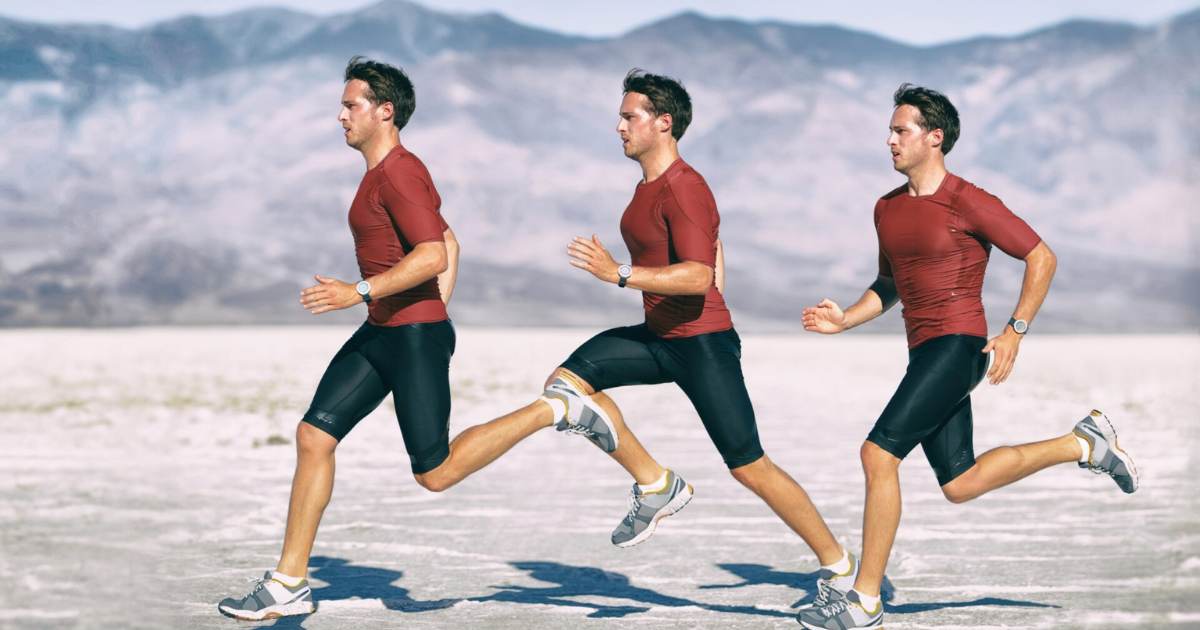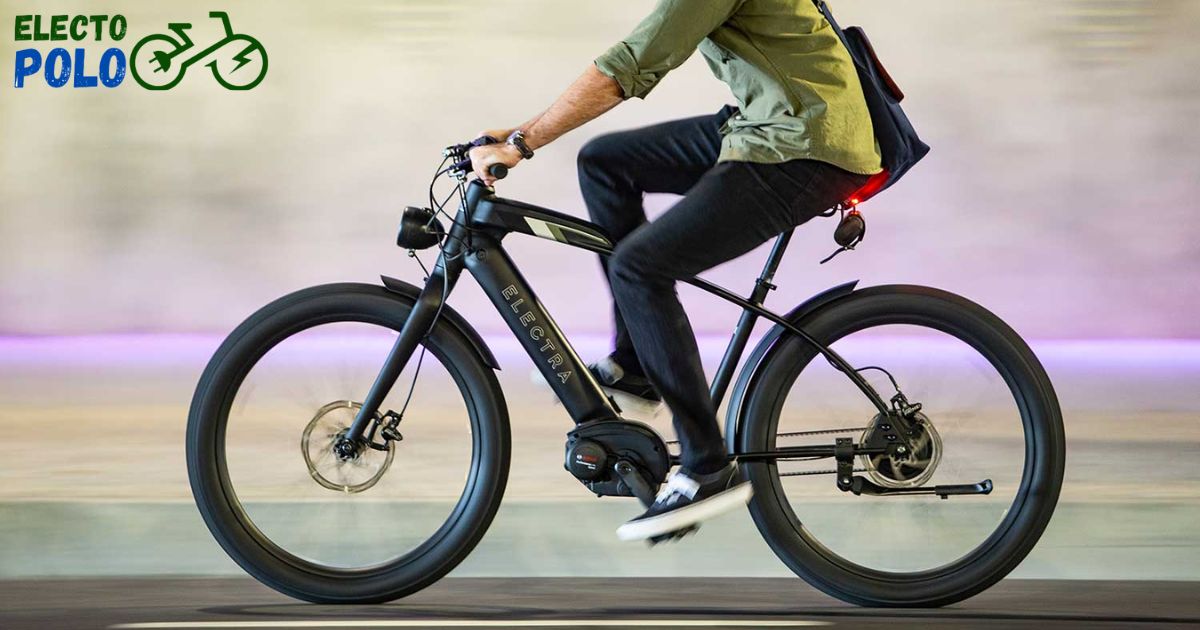Vans shoes have secured their place in pop culture as the footwear choice of skateboarders and snowboard aficionados. With their laidback SoCal vibe and simple styling, Vans seem like the perfect kicks for just casually hanging out.
But what if you want to pick up the pace and go for a run? Can you safely run in Vans without ruining your shoes or your feet? Let’s take a hard look at the key factors to understand if Vans is suitable for running or if you’d be better off with specialized running shoes instead.
Evaluating Vans Shoes: A Brief Background
To determine if Vans works for running, we first need to understand what they are designed for. Vans emerged onto the shoe scene in 1966 Southern California, as the Van Doren Rubber Company.
Founded by brothers Paul and James Van Doren along with partners Gordon Lee and Serge Delia. They based their shoe designs on what local kids needed.
Seeing skateboarding take off in popularity in the 1970s, Vans cultivated its brand identity with the skate subculture in mind. They sponsored various skate teams and events while continually adapting their shoes to suit skateboarding demands.
Soon Vans became the footwear linked to skate and associated alternative sports like snowboarding, BMX, and surfing. Over the decades, Vans haven’t strayed far from these action sports roots even as they penetrated mainstream fashion. Their four iconic shoe models exemplify the enduring Vans aesthetic:
Vans Authentic: The OG Vans model with a basic low-top canvas upper, minimal structure, and signature waffle outsoles.
Vans Era: A streamlined, low-profile leather/canvas style.
Vans Old Skool: A leather and canvas combo paired with the distinctive Vans Sidestripe.
Vans Sk8-Hi: The high-top option is made of canvas/suede with padded collars.
All Vans incorporate similar design elements optimized not for running but for grip, flexibility, and durability to withstand hardcore skateboarding, snow, and surf sessions.
They cater to the stylistic sensibilities rooted in skate/surf culture rather than technical athletic performance.
Key Structural Elements of Running Shoes
To grasp why Vans might not make ideal running shoes, we need to understand what makes a good running shoe. Running footwear contains specialized structural elements to safely manage the intense impacts of running while providing comfort and support.
The Upper
The upper secures the foot and protects against debris. It requires a balance between sturdiness, flexibility, and breathability via technical fabrics like mesh. Components include:
- Toe box: Allow natural toe splay and forefoot flexibility
- Tongue/lacing: Ensure adjustable, non-irritating fit
- Overlays: Reinforce structure and support
- Heel counter: Stabilizes and locks in the heel
The Midsole
The midsole attenuates shock, redistributes pressure, and controls pronation. Materials like ethylene vinyl acetate (EVA) foam provide responsive cushioning and bounce while gel inserts enhance comfort.
The Outsole
Made of durable rubber with grooves/indentations for flexibility, the outsole supplies grip and traction. Lug patterns on trail running shoes provide uphill/downhill control. The segmenting allows smooth transitions through foot strikes.
Stability Mechanisms
Mechanisms guide proper movement and alignment:
- Rails/Guides: Prevent excess ankle rolling and overpronation
- Torsion bars: Allow forefoot and heel independent motion
- Anti-roll bars: Increase rigidity and support under the arches
Running shoes contain biomechanically-informed elements vital for running missing in casual sneakers like Vans.
Head-to-Head: Vans versus Running Shoes
Cushioning and Shock Absorption
Cushioning helps deter injury by lessening impact shock. Running shoes use ethylene-vinyl acetate (EVA) or compressed foam midsoles for ample shock attenuation.
Vans lacks any real cushioning technology in their basic flat rubber soles. Some models like the UltraRange incorporate lightweight UltraCush foam for comfort but not the true shock absorption necessary for intense running.
Read More: Is A 10 Minute Mile Good? Evaluating Your Running Pace
Stability and Pronation Control
Stability features like guide rails maintain proper foot alignment distributing pressure evenly over the foot strike roll. Without pronation control, the ankles, knees, and hips absorb more force increasing injury likelihood. Vans have flat, neutral soles without any stability mechanisms.
Breathability and Moisture Management
Running generates immense heat and sweat so breathability is key. Mesh fabric uppers with moisture-wicking linings actively circulate air and draw sweat from the foot reducing irritation.
The non-breathable canvas or suede Vans traps heat creating a damp environment priming blisters.
Traction and Grip
Traction and grip prevent slippage on varied terrain. Running shoes use thick, strategically placed rubber with indented lugs to maintain contact.
While the iconic Vans waffle outsole works great for board grip, it provides insufficient surface contact for running traction.
Weight Differences
Lightweight shoes reduce the energy expenditure of lifting/swinging legs with each stride. Typical running shoes weigh 8-12oz whereas classic Vans styles weigh 26-30oz. So you’ll be carrying much more heft trying to run in Vans.
Toe Box Roominess
Adequate toe box room lets toes lay flat and spread naturally without jamming together leading to black nails, blisters, and pain. Running shoes optimize toe box space while Vans toe boxes run narrow.
Risk Analysis: The Dangers of Running in Vans
Running in Vans that lack proper support, cushioning, and traction carries substantial injury dangers:
Plantar Fasciitis and Heel Pain
Plantar fasciitis causes stabbing heel pain from inflamed tissue along the bottom of the foot. Contributing factors are shoes lacking arch support, cushioning, and shock absorption. Vans‘ flat soles put you at major risk.
Achilles Tendonitis
The Achilles tendon joining the heel bone to the calf muscles sustains overuse damage without cushioning. Vans give zero cushioning around this vital area.
Black Toenails and Blisters
Inadequate toe box room and breathability cause black nails, blisters, and general foot pain hampering running capacity. Vans score low in both metrics.
Stress Fractures
Repetitive impact trauma can produce hairline cracks in foot bones known as stress fractures requiring extended rest for recovery. No shock attenuation in Vans multiplies fracture likelihood.
Shin Splints
Shin splints describe pain along the tibia caused by muscles/tendons pulling at the bony surface often stemming from shoes lacking support. Vans predisposes you to this disabling injury.
Knee Damage
Knee structures like cartilage and ligaments sustain more force without pronation control absorbing shock up the skeleton. Vans put knees at major risk.
Slipping Hazards
Attempting to run on slippery or uneven ground without weatherized traction designed for varied terrain can lead to falls resulting in injury.
Clearly the lack of biomechanical running provisions in Vans courts multiple types of pain and damage reducing running enjoyment and safety.
Selecting Optimal Running Shoes
Finding shoes that support your individual needs and running style is crucial for keeping running comfortable and injury-free. Consider these factors:
Identifying Your Foot Type and Gait Patterns
Those with high arches require ample cushioning and flexible soles whereas flat feet demand motion control and maximum stability.
Analyze how your foot lands observing pronation and roll through. Getting properly fitted at specialty running stores ensures ideal alignment with your foot morphology.
Cushioning and Responsiveness
The cushioning level should fit running surfaces and mileage goals. Maximal cushioning works well for concrete/asphalt and high volumes while firm responsive soles prove optimal for speedwork and races.
Those logging over 40 miles/week need extra shock attenuation. Prior injuries also warrant additional cushioning.
Traction and Grip
Examining running venues determines traction needs. Road shoes work best on pavement or track surfaces using flat, segmented treads without heavy lugs.
Trail shoes adapt for off-road running with aggressive grip patterns and anti-debris construction. Check the outsole material too with softer rubbers gripping best on slick terrain.
Weight
Factor in speed and running distance goals when selecting weight categories. Racing flats and minimalist shoes range from 3-7oz for pure speed and races under 5K.
Trainers tip scales around 8-10oz suiting most run training needs. Maximal cushioned shoes help long distances but weigh 10-12oz requiring extra lift.
Toe Box and Breathability
Ensure adequate toe splay room upfront to prevent jamming and irritation matched with breathable, quick-drying upper fabrics managing moisture. This optimizes comfort over long mileage.
Addressing these performance metrics when choosing running shoes helps maintain safety, power, and stamina throughout training cycles and races.
Read More: How Long Does It Take To Walk 3 Miles By Age And Pace?
Suitable Alternatives to Vans for Running
Rather than subjecting your feet to the dangers of running in Vans, better alternatives exist well-equipped for logging miles comfortably and safely.
Traditional Road Running Shoes
Tried-and-true road running shoes from major brands like ASICS, Brooks, Saucony, New Balance, Nike, and Adidas feature advanced shock attenuation and support technologies along with grippy outsoles holding up over pavement.
Lighter neutral cushioned models work for most runners but those needing more support can choose stability styles with medial posts and torsion bars.
Trail Running Shoes
Leaving smooth roads behind for adventures off the beaten path requires rugged trail running shoes with aggressive multidirectional lugs for uphill, downhill, and off-camber traction.
Protective upper shields keep out debris and water. Check out quality trail shoes from Salomon, La Sportiva, HOKA ONE ONE, Altra, and INOV-8.
Minimalist Running Shoes
For those looking to reconnect with a more natural running form closer to barefoot, flexible low-to-the-ground minimalist shoes enhance proprioception and ground feel while still providing a thin protective layer underfoot.
Brands like Vibram, Merrell Barefoot Collection, Vivobarefoot, and Xero Shoes specialize in minimalist models.
Cross Training Shoes
Seeking a versatile trainer for both running and gym sessions? Cross-training shoes provide middle-of-the-road cushioning for short runs along with lateral support for agility moves and lifts. Major brands like Nike, Adidas, and Reebok offer cross trainers in low and mid-cut options.
Any of these alternatives present far smarter options than attempting to run in casual Vans. The proper footwear provides the tools to succeed regardless of the preferred running specialty.
Conclusion
Vans hold an iconic spot in casual fashion and extreme sports scenes but were never intended for the demands of running. They lack the biomechanical provisions necessary for safe, sustained running over long distances on varied terrain.
Attempting running in Van’s courts a high risk of physical damage and discomfort. So for logging miles, stick with purpose-built running shoes tuned to the nuances of your personal foot type and running venues. Then Vans can be there waiting when it’s time to relax after an invigorating run!
More Post: HOW TO WEAR VANS LIKE A PRO

I’m passionate electric scooter enthusiast and the voice behind this blog. I’m here to share my expertise and insights with you. From in-depth reviews to problem-solving guides, my goal is to help you make the most of your electric scooter experience.










![Gomyfinance.com Invest: I Made $5,000 in My First Month [Real Results 2025]](https://electopolo.com/wp-content/uploads/2025/05/Gomyfinance.com-Invest-I-Made-5000-in-My-First-Month-Real-Results-2025-150x150.jpg)


